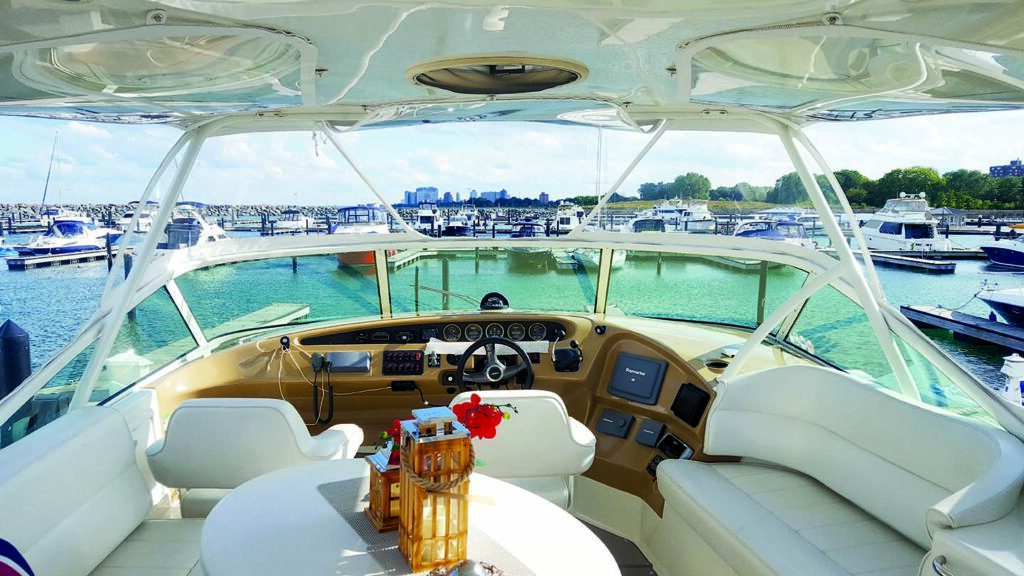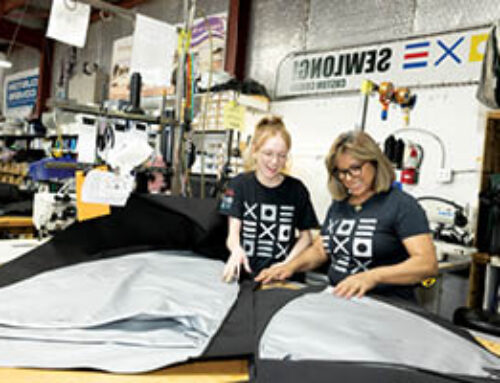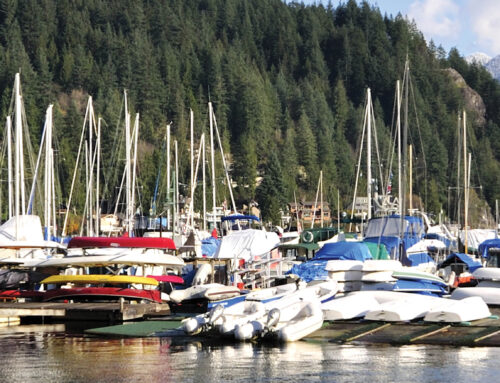Choosing the right window materials
Published On: May 1, 2023Categories: Features

Selecting boat windows for customers might be the hardest thing a fabricator can do—or the easiest. Most customers have two primary concerns: cost and longevity. Make them something that’ll last and that doesn’t break the bank, and they’ll be happy. Easy, right? Not necessarily, because achieving that involves finding […]
 TEXTILES.ORG
TEXTILES.ORG 







